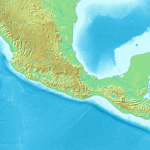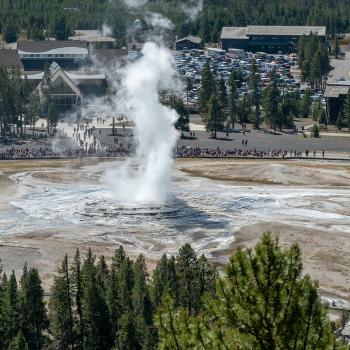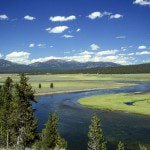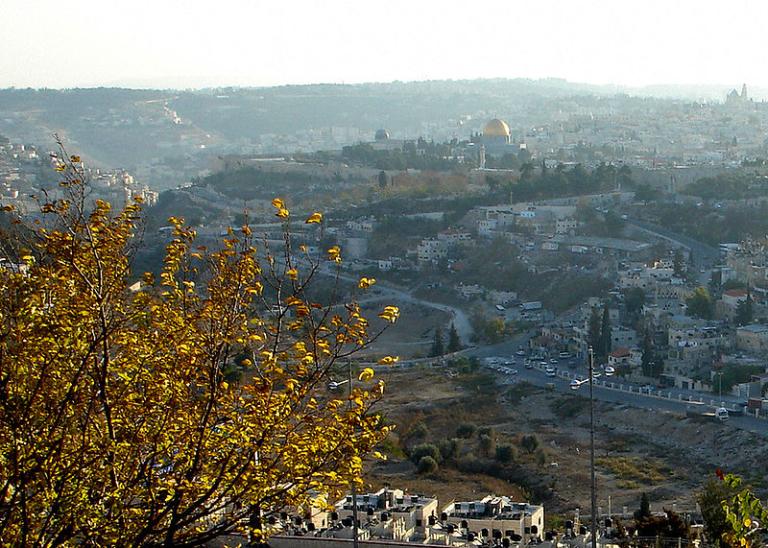
John 5:1 is so short that I’ll just give you the full text here, in both English and Greek:
“After this there was a feast of the Jews; and Jesus went up to Jerusalem.”
Μετὰ ταῦτα ἦν ἑορτὴ τῶν Ἰουδαίων, καὶ ἀνέβη Ἰησοῦς εἰς Ἱεροσόλυμα.
I want to concentrate, simply, on the idea of “going up” to Jerusalem.
The city of Jerusalem is situated on a relatively high mountain ridge, with the Mediterranean coast to the west and the even-deeper Jordan River Valley to the east.
Thus, when “a certain man went down from Jerusalem to Jericho and fell among thieves” (after which he was cared for by a “Good Samaritan”), he was really going down. And anybody who’s ever driven the road from Jericho to Jerusalem knows how steep the grade is upwards.
1 Nephi gets it exactly right when — clever boy, that Joseph Smith! — Lehi and the members of his family consistently go down from Jerusalem into the wilderness and then return up to Jerusalem when they’re sent back.
But it’s even more than that. Jerusalem is the site of the temple of God, the mountain of the Lord. So the pilgrim psalms in the Bible are “songs of ascent.”
And, even today, Jews who immigrate to Israel are said to be “making aliyah,” where aliyah means ascent. (Think of the Israeli national airline, El Al, the name of which means “to the skies,” or “skywards.”)
In modern temples, too, worshipers climb up ever higher in the building as they perform temple ordinances.
This is a very rich and very ancient idea.
See my 30 April 2015 Deseret News column “Going up to Jerusalem.”
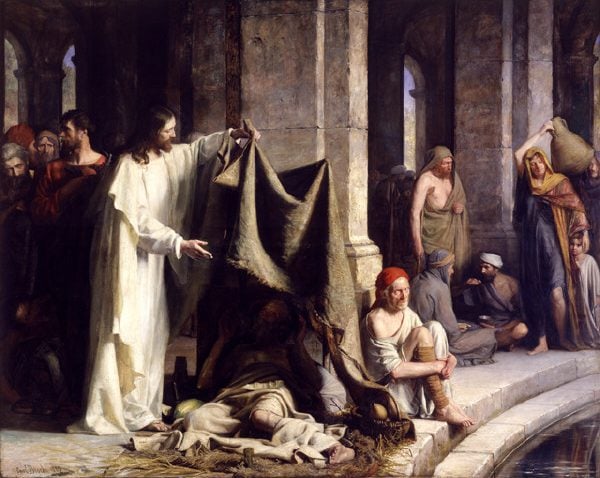
(Wikimedia Commons public domain)
Just a quick comment on this wonderful story:
We often quote John 5:39 as an imperative, exhorting us to study the scriptures: “Search the scriptures; for in them ye think ye have eternal life: and they are they which testify of me.”
That’s a good use of the passage. But it’s probably built upon a misunderstanding.
The verb likely isn’t an imperative, and the passage is aimed at zealous Jews who already did study the scriptures, but who, failing to recognize Jesus, were missing the point of the scriptures. Here’s a more sound translation, with some context, from the New Revised Standard Version:
39 “You search the scriptures because you think that in them you have eternal life; and it is they that testify on my behalf. 40 Yet you refuse to come to me to have life.
The site of the pool of Bethesda (or, as some texts say, Bethzatha), in the Arab quarter of Jerusalem, is now far below the surface of the ground, which (as is common in very ancient cities) has risen over the centuries. But it can be visited and seen today, nonetheless, and tour groups to Jerusalem (mine included) routinely go there:
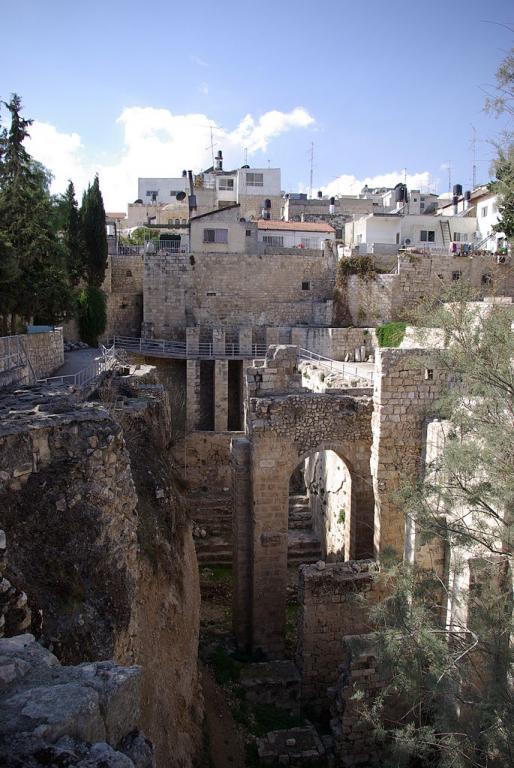
The location wasn’t found until the nineteenth century. Until then, some skeptics maintained that the account in the gospel of John was fictional, and that Bethesda was an imaginary place.




